Medeek Engineering
-
First look at partial UDLs with overhangs:
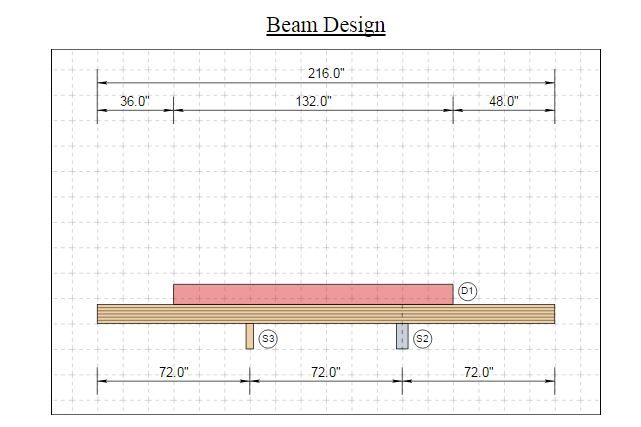
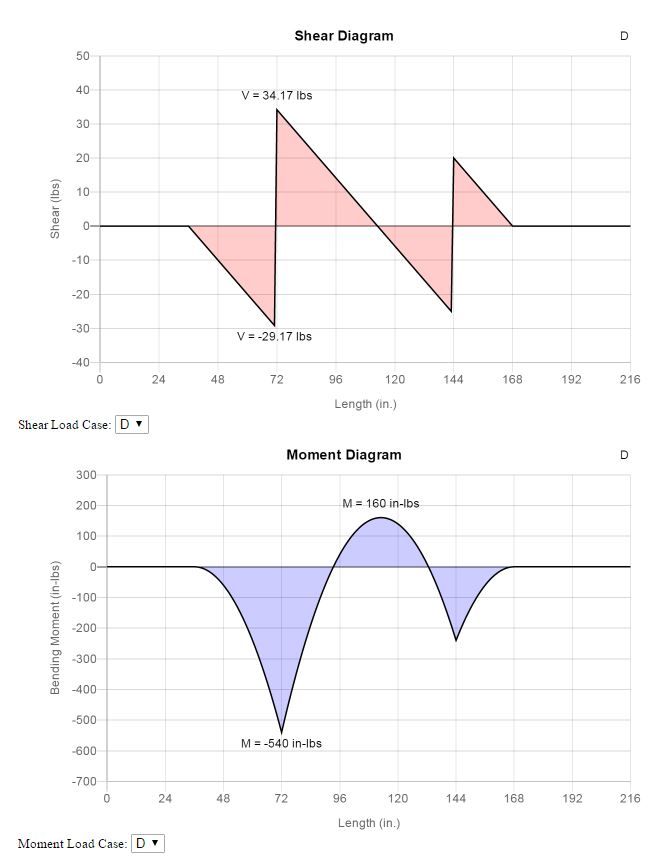
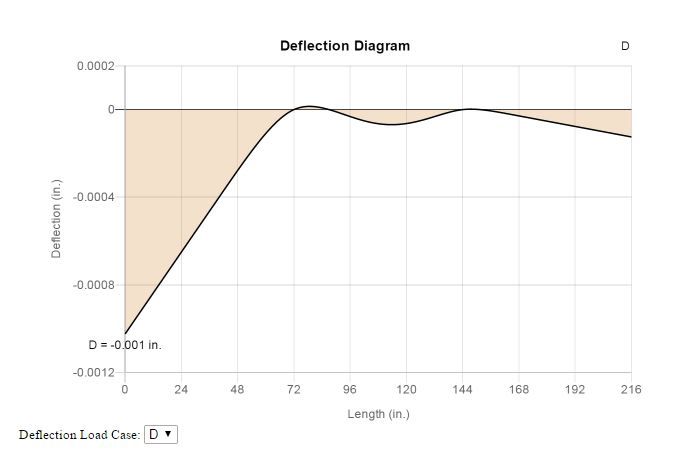
So with that I think the basic nuts and bolts of the matrix analysis engine is in place and functioning pretty much as expected. Of course it will probably be a few more days or even weeks before I am able to put out every little fire that may be burning undetected thus far, but we will see.
Now I will turn my attention to the following items on the todo list:
1.) Try to fix the truncation in the shear graph so that vertical jumps actually are vertical.
2.) Add in the standard engineering checks for wood beams (glulam, lumber, timber, LVL, SCL and PSL)
3.) Finish the formatting and layout of the HTML report. I may also include an option between a condensed report and a detailed report (or that may come later).Things that are not specifically on the todo list but are interesting:
- Add in fixed and partially fixed supports, currently every support is assumed pinned.
- Engineering for steel beams
- Trapezoidal distributed loads
- Moment loads
-
Version 0.8.1 - 09.07.2025
- Developed the matrix analysis engine for the beam calculator using the stiffness method.
- Added a load diagram to the beam report.
- Added shear and moment graph to the beam report.
- Added a deflection graph to the beam report.
The engineering report is still not complete however by rolling this beta release I can allow potential users of this plugin the ability to test it out and assist in the debugging. The plugin can be directly downloaded from this link:
http://design.medeek.com/calculator/sketchup/medeek_engineering_ext.rbz
-
Version 0.8.2 - 09.09.2025
- Enabled loads and reactions (values) within the load diagram.
- Fixed a bug with end supports that are not centered on the start or end of the beam.
- Improved the formatting logic (SVG and HTML) for the load diagram.
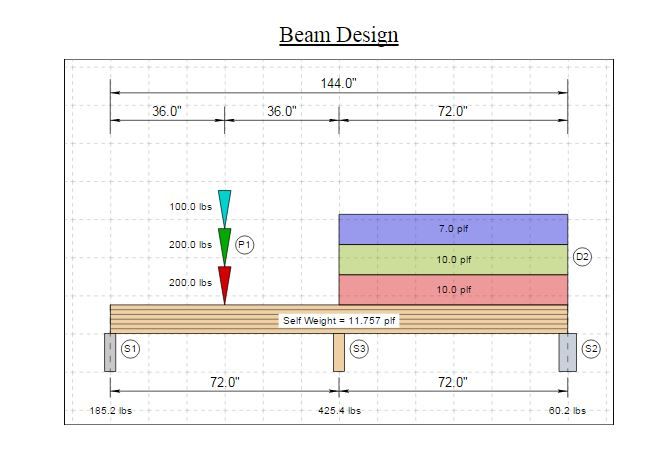
-
Working on assembling the actual engineering part of the report now, adjustment factors, shear, moments, deflection and bearing checks.
-
First look at the bearing check:
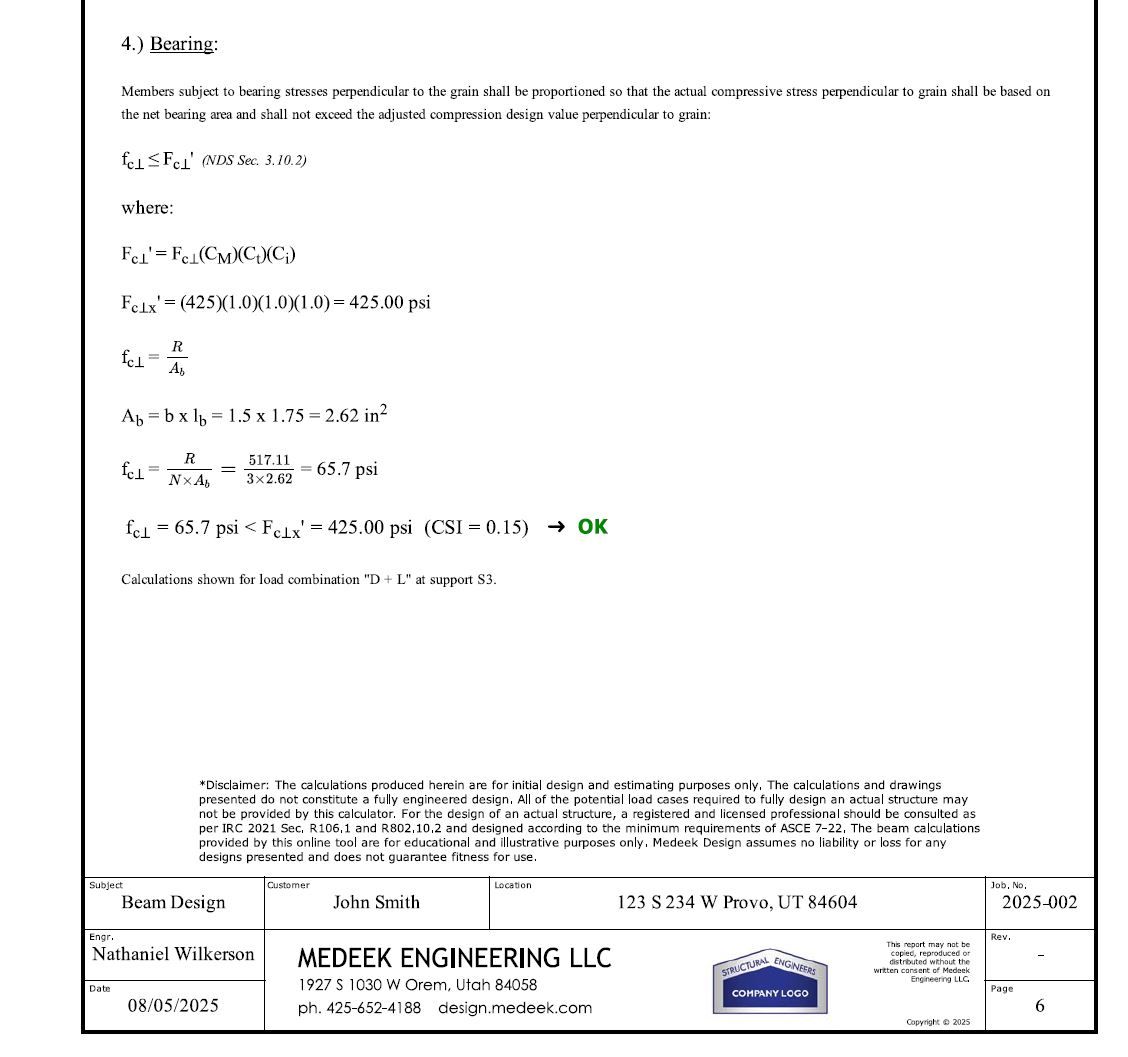
I also need to update my disclaimer, the disclaimer shown is for my previous online calculator, it needs some changes.
-
yeah i think keeping the disclaimer a bit more succinct - the first sentence, skip the next two, and keep the rest plus you might include the user assumes all liability for the use of this report blah blah blah.
-
Spent the last two days adding in some additional code so that the vertical jumps in the shear graph (at point loads and supports) are actually vertical. It was a bit more complicated than I originally bargained on but I think I finally have it figured out:
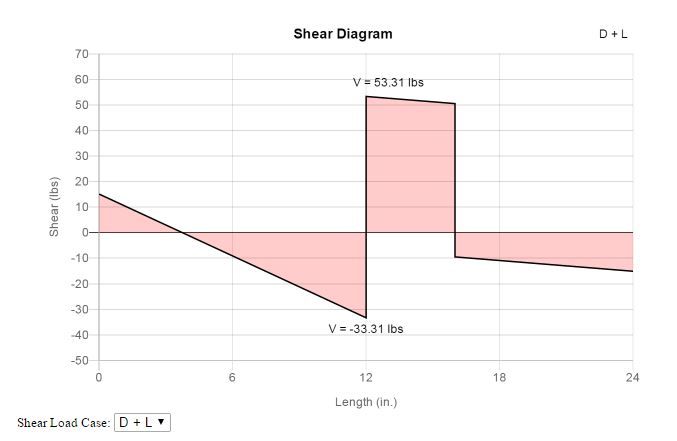
The code seems fairly robust but tomorrow I will throw the kitchen sink at it to see if I can find any weaknesses in the algorithm.
I have't been posting much lately but that is because I've had my head buried in the code. Most of this engineering code is completely new (not my typical plugin stuff) so there is no refactoring old code or any other shortcuts I can take. Some of the old beam calculator is relevant however since it was so limited in its application I'm kind of on my own with this new calculator.
-
The vertical jumps now look at lot better. So far it seems pretty solid:
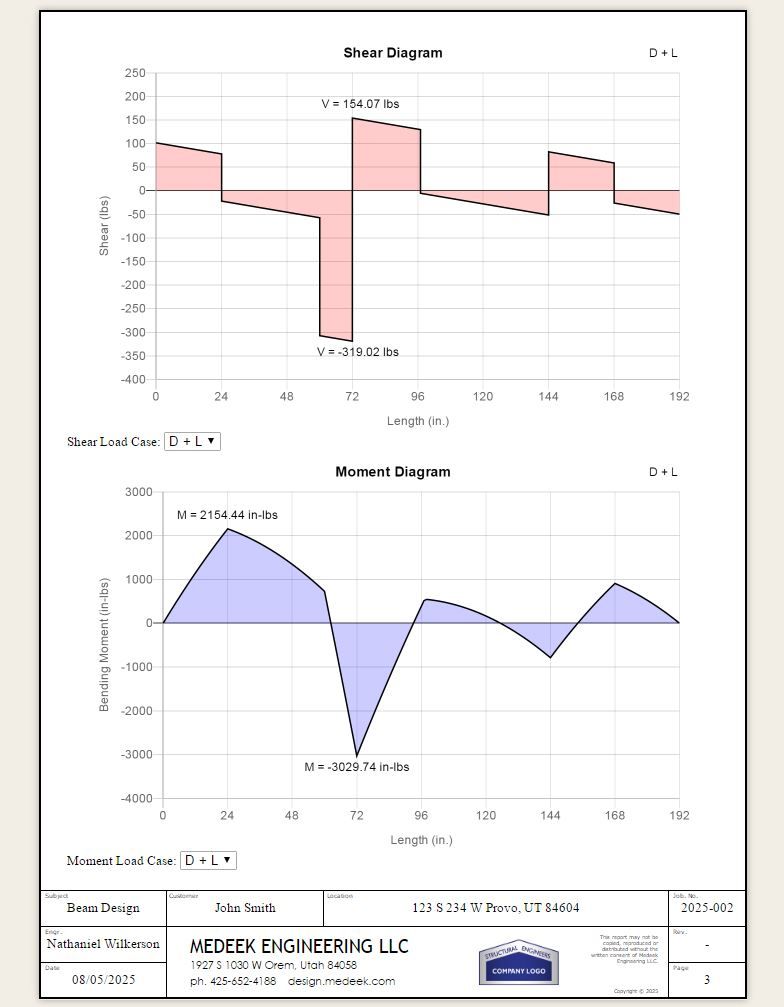
-
Here are the different EB (Euler-Bernoulli) and TIMO (Timoshenko) deflections for the same simple supported beam with a basic UDL (no self weight, just the external load applied) :
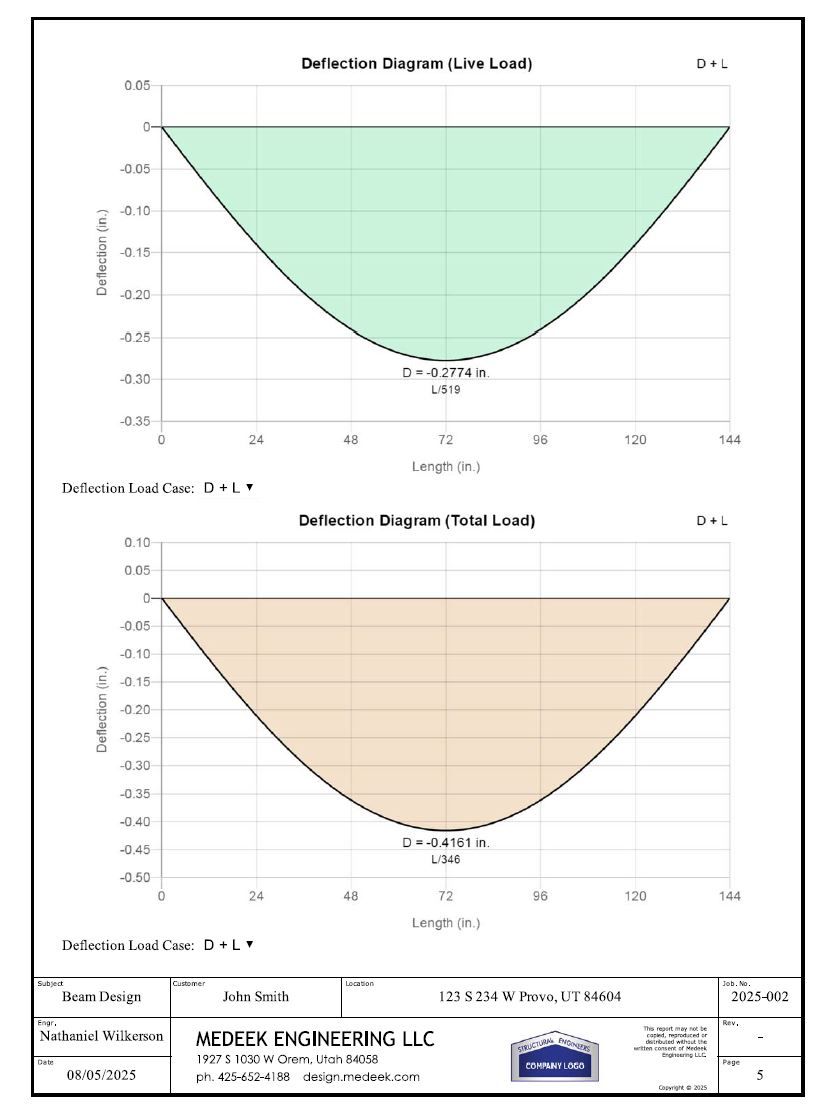
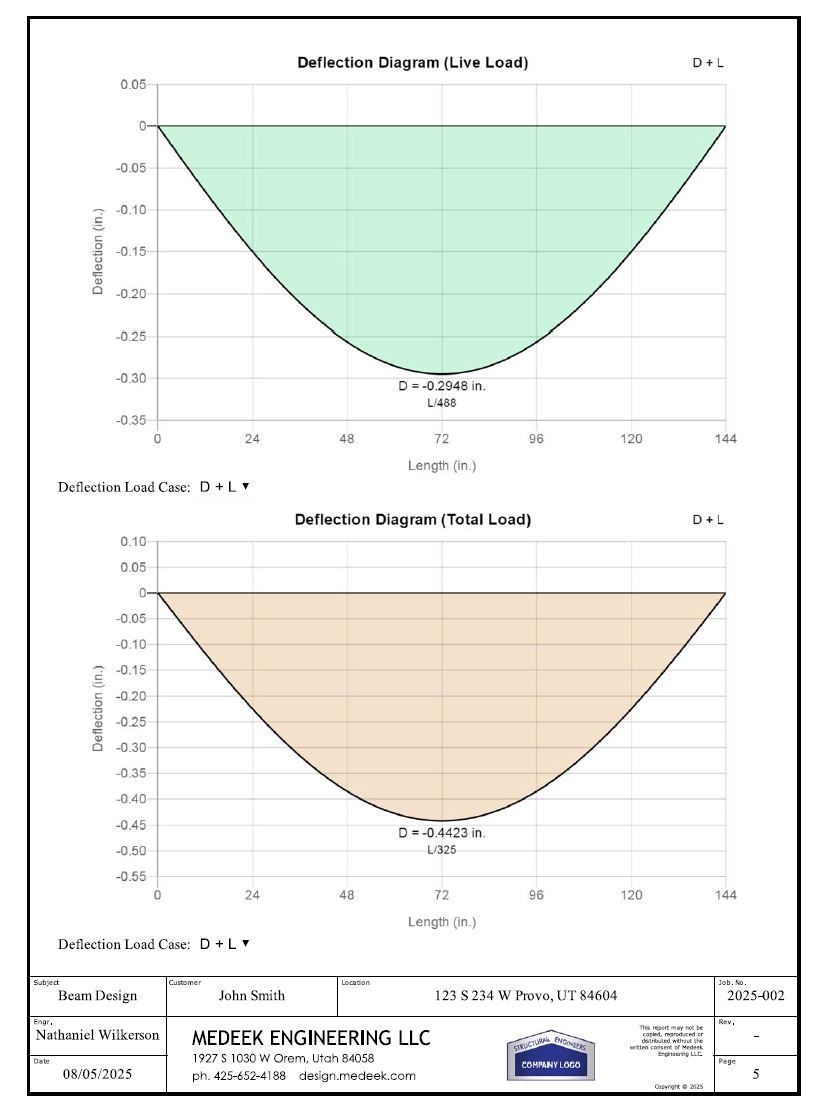
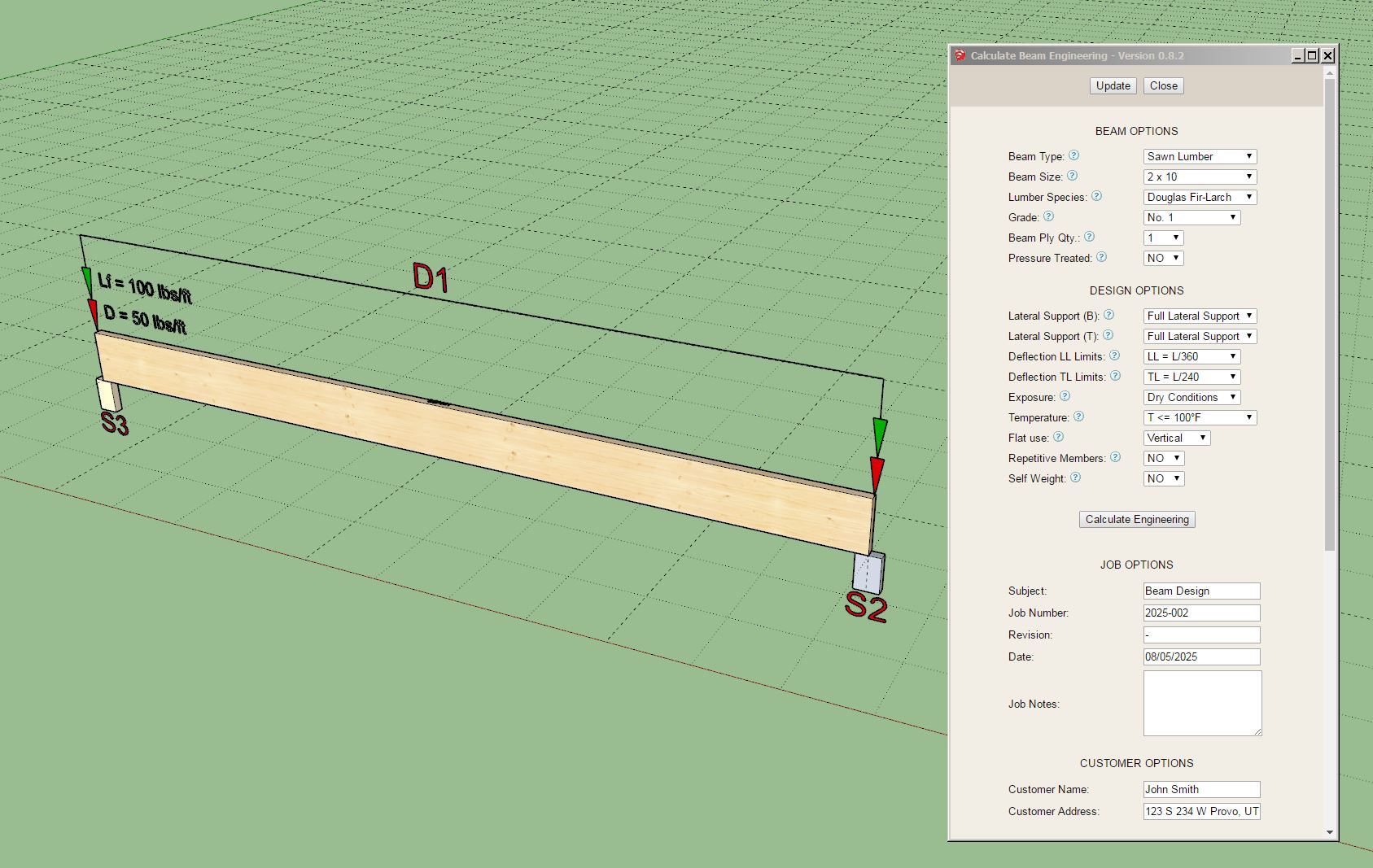
My parameters are:
2×10, L=144 in, E=1.7e6 psi, I=98.931 in⁴, A=13.875 in², G=106250 psi, κ=5/6
As you can see the Timoshenko analysis yields slightly more deflection since we are accounting for deflection from both shear and bending. According to my calculations my results are within less than 0.05% of the theoretical value so I think the algorithm is working correctly
Now I need to check a few different multi-span configurations as well as overhangs to make sure everything is indeed robust.
When I calculate the Timoshenko beam I'm wondering if I should adjust the tabulated E value since it is being adjusted for the shear already by %3 for sawn lumber per Appendix F of the NDS (Sec. F.3). So the listed value is is actually 3% larger than the (shear-free) or true value of E.
-
would an easy way to compare E with and without the adjustment in case it's significant enough for someone to review their parameters? e.g. https://woodengineering.com/2022/07/16/shear-free-eeee/
-
I still have completely finished the PDF reports since I've had my head so buried in the Timoshenko stuff for a couple of weeks (probably not a good use of my time but I couldn't resist). Here is some output for a couple of cases (two span and three span beam, equal spans with a UDL). What is interesting is the shape of the deflection graphs for the Timoshenko analysis. I think the numbers are correct but to be honest I really don't have another 3rd party program I can fully test against.
I'm using a kappa of 5/6 and a G of 1/16 the E value, so in this case G = 106,250
Also I am just using the listed value of E for my Timoshenko calculations even though it already includes a 3% bump for shear built in.
EB = Euler Bernoulli, TIMO = Timoshenko
http://medeek.com/resources/engplugin/TEST8/EB_TEST8_2SPAN_UDL.pdf
http://medeek.com/resources/engplugin/TEST8/EB_TEST8_3SPAN_UDL.pdf
http://medeek.com/resources/engplugin/TEST8/TIMO_TEST8_2SPAN_UDL.pdf
http://medeek.com/resources/engplugin/TEST8/TIMO_TEST8_3SPAN_UDL.pdf
As a sanity check I multiplied my calculated value of G above by 10,000 in the code and then ran the TIMO analysis, the results are almost identical to the EB analysis as expected, so that tells me that with an extreme stiffness the TIMO degrades to an EB analysis as it should in theory. Here are the links to the TIMO analsys with a 10,000X inflated G:
http://medeek.com/resources/engplugin/TEST8/TIMO_TEST8_2SPAN_UDL_GMAX.pdf
http://medeek.com/resources/engplugin/TEST8/TIMO_TEST8_3SPAN_UDL_GMAX.pdf
Advertisement








